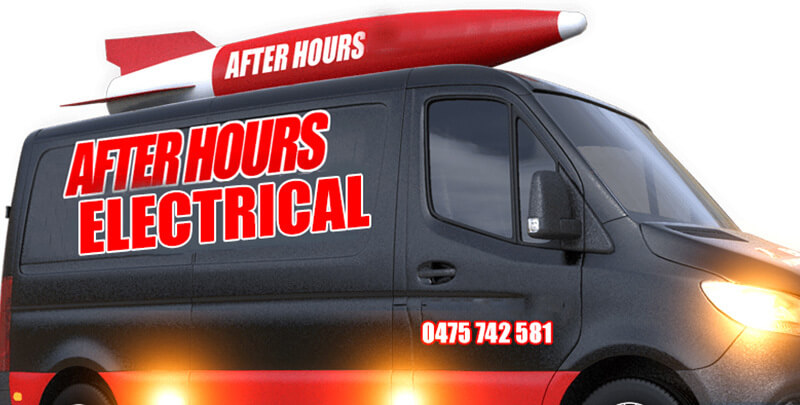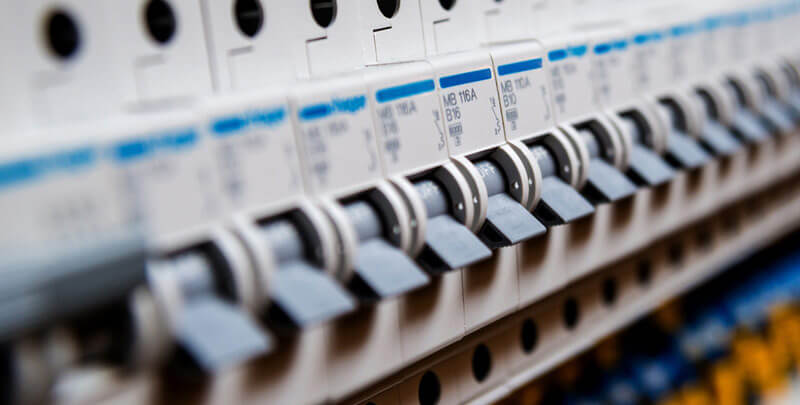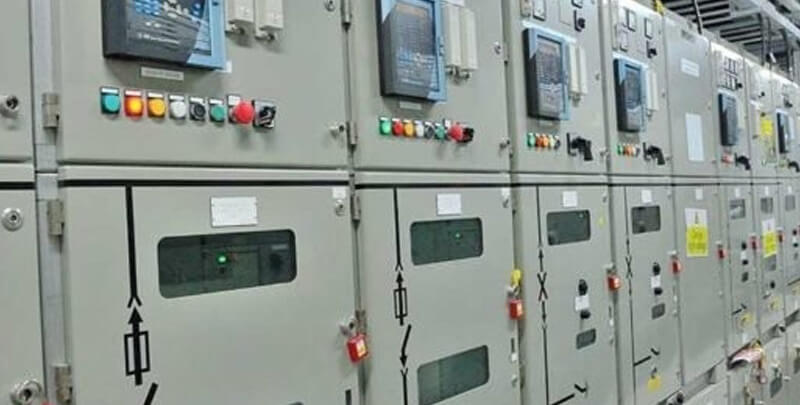The Difference Between Switchgear and Switchboards

Understanding the ins and outs of a home's electrical system is quite the task, especially when it comes to terms like "switchgear" and "switchboards". While they may sound similar, there are distinct differences between the two that every homeowner should know.
In this blog post, we shall explore the difference between switchgear and switchboards in the context of residential settings.
Switchgear – The Electrical System’s Protector
Switchgear represents a vital component of an electrical circuit system designed to protect power networks from damage caused by an overload, short circuit, and other fault conditions.
These group-mounted devices control and protect the power flow in the system and include different switching devices, such as circuit breakers and disconnecting equipment.
Composition of Switchgear
Switchgear mainly deals with high-voltage power networks and is traditionally enclosed in wooden or metallic structures for safety purposes. They involve critical components such as high-voltage switchgear, low-voltage switchgear, and medium-voltage switchgear.
Breakers in Switchgear
The major part of switchgear’s functionality comes from circuit breakers, specifically power circuit breakers, molded case circuit breakers, and insulated case circuit breakers. These elements are designed to swiftly detect and interrupt any unusual currents.
Manual Control in Switchgear
The switchgear consists of manual control features, enabling operation by an electrical engineer or a well-informed homeowner. These protective devices ward off potential electrical dangers, keeping the power system safe and at bedrock power levels.
Switchboards – Control Points for Power Distribution
On the other end of the spectrum, switchboards serve as specialised pieces of electrical equipment specifically designed to distribute power to individual loads within a building from one or multiple sources.
They facilitate direct access and control over various electrical circuits, making them the central hub of a residential electrical system.
- Why switchboards are important: A switchboard provides low-voltage power drawn from the main power supply while managing the power consumed and the incoming power to the house.
- Functionality and safety in switchboards: Switchboards come equipped with varied devices such as frequency metres, rear access to individual loads, and automatic features to help prevent electrical faults, thereby ensuring a smooth and safe power provision to your home.

The Difference Between Switchgear and Switchboards
With the basics of switchgear and switchboards discussed, it’s time to finally address the differences between them:
Operational Voltage Level
Switchgear is designed to operate in high-voltage environments, often installed in power stations and industrial settings where high-voltage power needs to be controlled and distributed by electrical control devices.
On the other hand, switchboards operate at lower-voltage levels and are most commonly found in commercial and residential environments where equally low-voltage circuit breakers can be found.
Composition and Construction
The composition of switchgear includes the power circuit breaker, switch, fuses, and relays to serve as the control equipment that breaks or interrupts the flow of electricity during faults. Furthermore, they are typically larger and enclosed within metallic or wooden structures for safety reasons.
Switchboards, however, are typically constructed as panel boards or distribution boards with a combination of fuses and circuit breakers installed. They’re designed to divide electrical power feeds into subsidiary circuits.
Overload Protection
Switchgear offers more rugged protection against short circuits or overloading compared to switchboards. Switchgear is designed to maintain electrical flow to other circuits and isolate the faulty circuit in case of failure.
On the other hand, switchboards have a simpler mechanism and would typically cut off the power supply to all circuits when overloaded or if faults were detected.
Short-Circuit Withstanding Capability
Unfused switchgear tolerates short circuits for about 30 cycles at a 15% power factor. Conversely, switchboards withstand short circuits only up to three cycles at 20% power factor. This difference indicates a greater resilience of switchgear under short-circuit conditions compared to switchboards.
Cost and Maintenance
Switchgear tends to be more expensive due to its larger size, complex construction, and stronger material usage designed for high-voltage applications. They also require regular maintenance checks to ensure optimal operation.
Switchboards, however, are more affordable and require less maintenance due to their simpler construction and usage in lesser-voltage applications.
In conclusion, switchgear and switchboards serve different purposes in the electrical system. It’s important to discern their differences so that the appropriate system can be utilised in your home electricity network.

How About Their Similarities?
Sure, switchgear and switchboards may have lots of differences, but they also have a bunch of similar qualities that you should know about. Here are some of them:
- Functionality: Both switchgear and switchboards are designed to distribute and control electrical power flow. They are used to efficiently manage electrical power distribution from one or more sources to multiple outputs or circuits.
- Protection measures: Both switchgear and switchboards are equipped with protective devices such as circuit breakers and fuses. These devices are designed to interrupt electrical flow in the event of an overload or short circuit, thus preventing further damage to the electrical system.
- Usage in power systems: Switchgear and switchboards are both integral components of power systems. Their primary function in these systems is to control and distribute electricity safely and efficiently.
- Housing structure: Both switchgear and switchboards are usually enclosed within structures (either metallic or non-metallic) for safety purposes. This housing protects the inner components from exposure to environmental conditions and potential hazards, while also providing a barrier between the user and the electrical components within.
- Requirement of maintenance: To function optimally and safely, both switchgear and switchboards require routine maintenance and checks. This can include visual inspections, cleaning, and, when necessary, replacement of parts.
Switchgear and switchboards have different specifications and are designed to fulfil distinctive roles within electrical systems. However, they share essential commonalities in their objective to control power flow and provide safety measures.
Make the Best of Your Switchgear and Switchboards
Switchgear and switchboards, while offering different functionalities, complement each other in the overall electrical system management. Together, they distribute power, protect the electrical circuits, and provide efficient control over one’s residential voltage differences.
Understanding the difference between switchgear and switchboards is essential when dealing with residential electrical systems. It not only enhances overall efficiency but also contributes to the functional operation, safety, and longevity of your electrical system.
Please note: This information is provided for advice purposes only. Regulations differ from state to state, so please consult your local authorities or an industry professional before proceeding with any work. See After Hours Electrical’s Terms & Conditions here.